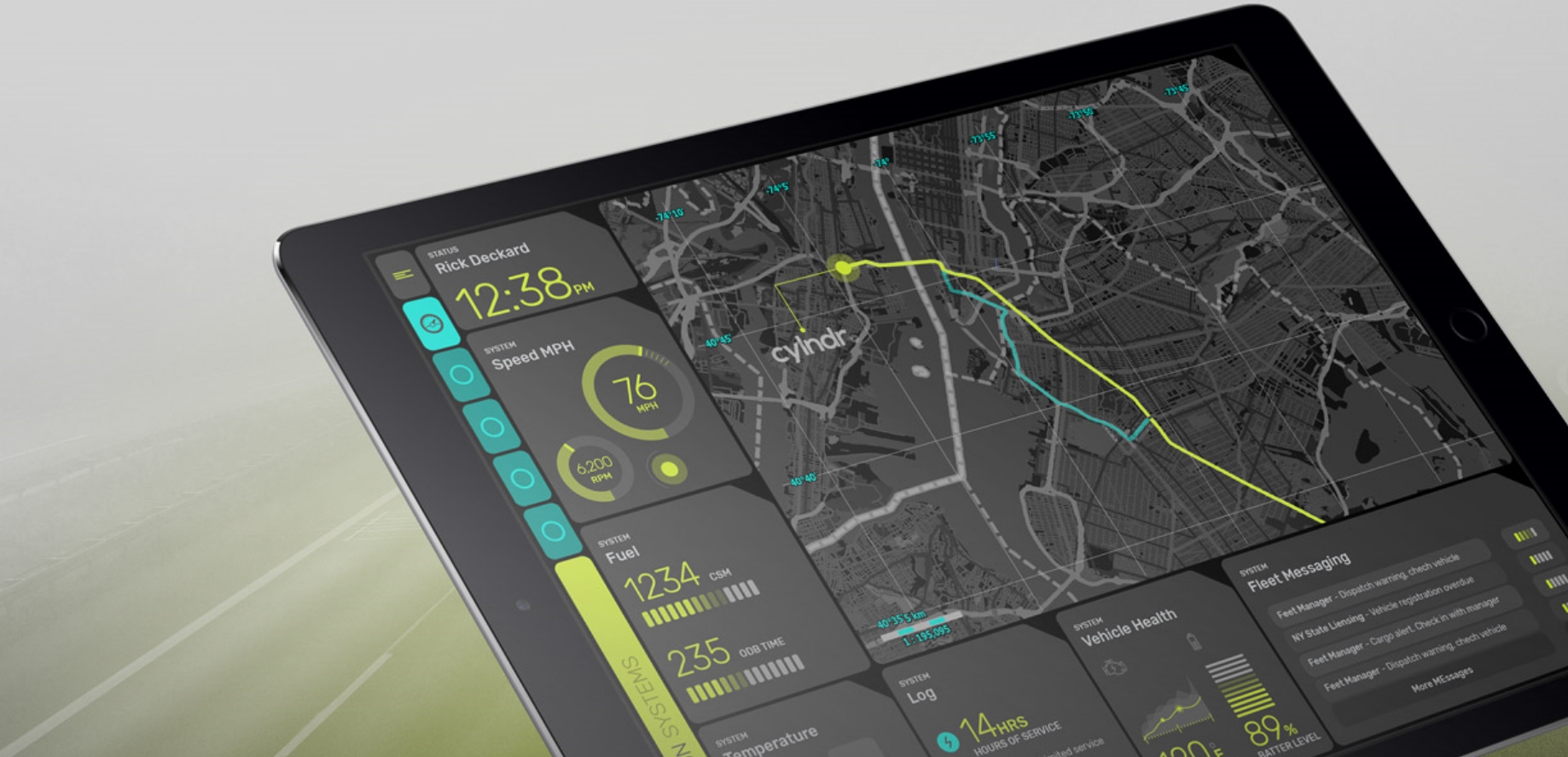Alongside research, the best weapon in the fight against cancer is undoubtedly early diagnosis in the early stages of the disease. While the scientific community continues to work tirelessly to find a cure for this disease, the development of new technologies is helping to improve the lives of millions of people.
In 2020, some 19.3 million cases were diagnosed worldwide. More than one million new diagnoses were detected in 2018, according to data collected by the International Agency for Research on Cancer through the GLOBOCAN project worldwide.
The same organization estimates that over the next two decades the number of new cases will grow to 30.2 million new cases per year in 2040, while the World Health Organization, WHO, states that it is one of the leading causes of death worldwide, accounting for almost 10 million deaths in 2020. In the same year, lung, colorectal, liver, gastric and breast cancer were the most lethal.
In Spain, as in the rest of Europe, this disease is also one of the most frequent causes of morbidity and mortality. The number of cancers diagnosed in Spain in 2021 (in the absence of consolidated data due to the effect of Covid) is estimated at 276,239 cases, according to REDECAN calculations, a number very similar to that of 2020, as stated in the report “Cancer figures in Spain 2021” prepared by the Spanish Society of Medical Oncology, SEOM. According to this organization, the most commonly diagnosed cancers in Spain in 2021 will be colon and rectum, prostate, breast and lung cancer.
Early detection through data
To reduce these figures, the WHO sees the need to adopt measures focused on developing a healthy lifestyle, such as eliminating tobacco and alcohol consumption and avoiding physical inactivity, as well as treating some chronic infections that are a problem in low- and middle-income countries. Preventive strategies must also be developed and implemented, including early detection and tailored treatment.
The creation of appropriate early detection programs can help to reduce the number of more serious cases, for example, increased diagnosis of carcinomas in situ, as noted by SEOM, and a reduction in mortality, and the use of new technologies to develop such early detection programs is essential.
For several years now, the study of data has become a very important tool in the fight against cancer. With the development of Big Data, the analysis of large amounts of information on each type of tumor helps to extend the effects of immunotherapy, to avoid resistance to the therapies applied and even to prevent phenomena such as metastasis. Thus, as the Spanish National Cancer Research Centre (CNIO) points out, data analysis makes it possible to study, for example, the capacity to analyze the genome of each of the thousands of cells in a sample. This has led mathematicians, computer experts and even particle physicists to become involved in oncology research.
Read the full article here.



